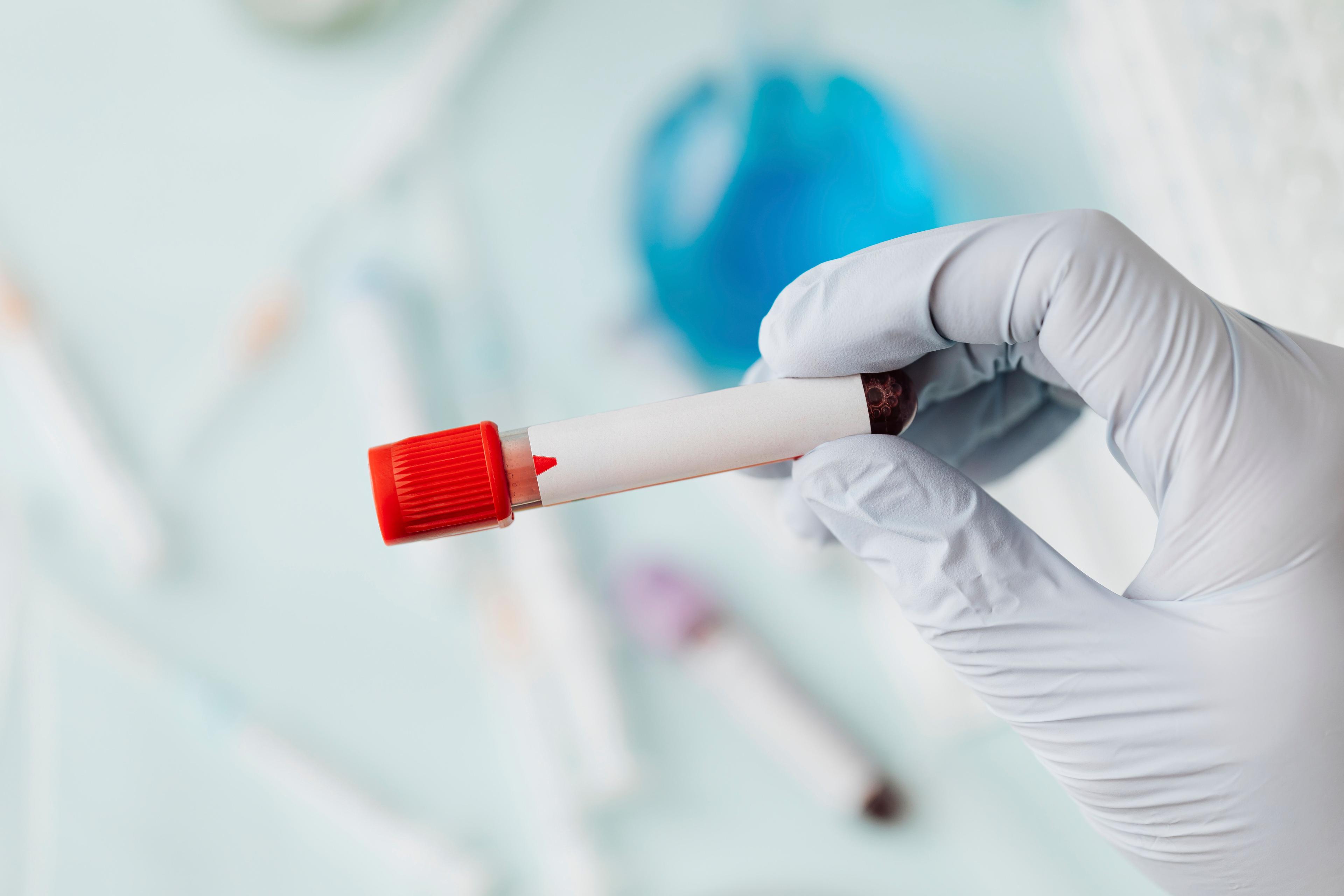Diabetes is one disease you do NOT want to play with. The Centers for Disease Control (CDC) ranks it as the seventh leading cause of death in the United States.
And there's an obvious reason for that. Diabetes is a long-term condition that spares none of the body's systems, causing a number of complications.
Thus, early detection is key.
It's important you discover it on time before it gets out of hand.
That's why we're here! We created an entire article just to sensitize you on the early signs and symptoms of diabetes.
Together, we can win the fight against the 'big D'.
Early signs and symptoms of diabetes include:
1. Frequent urination.
Frequent urination is a sign that your blood sugar is high enough to 'spill' into your urine.
This is what happens; normally, the kidney doesn't filter glucose into the urine. But, in diabetes mellitus, the excess sugar in your blood is filtered into the urine, pulling fluids along with it.
Therefore, there is increased urination, especially at night.
Endocrinologist, Dr Pantalone, says one of his patients came in for a diagnosis when a family member noticed he used the bathroom during each commercial break when they watched TV.
2. Excessive thirst.
It's normal to feel parched once in a while. Especially if you are sweating, or not drinking enough water.
However, diabetic thirst is different. It isn't quenched by water -even if you were to drink a gallon.
The loss of body fluids stimulates thirst centers in the brain, and makes you crave water, or fluids in general.
3. Excessive hunger.
Polyphagia, or excessive hunger, is a hallmark of diabetes.
It results from an inability of the cells to utilize glucose. In diabetes, the blood sugar level is high, but cells are starved of glucose (which is needed for the generation of energy).
Without glucose, the body lacks the fuel to perform physiologic functions. Thus, feelings of hunger are stimulated in a bid to increase energy levels.
Note this; eating won't get rid of polyphagia, but would only increase the blood glucose levels, and worsen the condition.
4. Persistent exhaustion or fatigue.
Though used interchangeably, fatigue and tiredness are two different terms. In tiredness, a good night's sleep or nap will do the trick. But, that's not the case with fatigue. People who experience it complain about the exhaustion that persists even after rest.
Fatigue and diabetes work hand in hand. They feed on and worsen each other.
According to Laura Hieronymus, MD, vice president of health care programs at the American Diabetes Association, “Fatigue is a symptom of hyperglycemia (high blood glucose). When blood glucose levels are too high, the body is not processing glucose as energy; therefore, fatigue may occur.”
5. Weight loss with no effort.
It's expected that you lose weight when you're on a diet or working out. But, if it occurs with little-to-no effort, you should be worried.
In high blood sugar, the cells in the body lack glucose for energy. And as a result, muscle and fat stores are broken down, resulting in weight loss.
6. Blurry vision.
One effect of high blood sugar is retinopathy. This simply means damage to the blood vessels of the eye.
It would often result in blurry vision, and if left untreated can cause blindness.
7. Numbness and tingling of the hand and/or foot.
If you're experiencing weird sensations in your hand or feet, it might be a sign of diabetes.
Prolonged exposure to high levels of blood sugar can result in nerve damage, called diabetic neuropathy.
And this can best be described as a tingling or burning feeling in the hands or feet.
8. Slow healing wounds.
Slow healing wounds is another red flag.
Hyperglycemia damages blood vessels, and impairs blood flow to different parts of the body.
This in turn restricts the delivery of necessary nutrients to wounds and delay in healing.
9. Recurrent infections.
In diabetes, sugar is filtered into the urine.
And increased sugar in a warm, moist environment can cause urinary tract and yeast infections.
10. Skin discolouration.
Skin discolouration is an indication that something is going on beneath the surface.
Common skin changes you might notice include:
- Acanthosis nigricans (AN).
This skin condition is characterized by dark patches in body areas such as the armpit, neck and groin.
- Diabetic dermopathy.
Also known as shin spots and looks like red or brown patches on the skin.
- Necrobiosis lipoidica.
It's easy to spot this skin condition as it's usually characterized by yellow-brown bumps. When it advances, however, it turns into patches of hard, swollen skin.
- Bullosis diabeticorum (diabetic blisters).
Diabetic blisters look like burn blisters. They look scary but usually heal on their own.
- Dry, itchy skin.
A cause of dry, itchy skin is poor blood circulation.
Early detection is key in diabetes. You should see your doctor if you're experiencing one or more of the symptoms listed above.
We're rooting for you!
